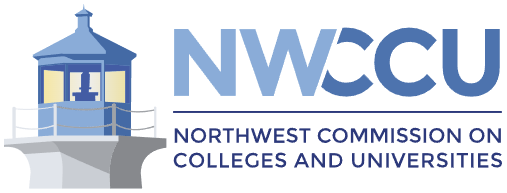EHHD_ED_GR_MEd_EDLD_REPORT_2013-14
Annual Assessment Report
Academic Year: 2013‐14
Department: Education
Program(s): Educational Leadership, Master’s of Education (M.Ed.)
1. What was done?
A) We had master’s students (completers) fill out a program effectiveness survey (40 total items with availability to make open‐ended comments). A faculty member as a part of her doctoral program developed the survey 5 years before.
B) 23 program completers took the Education Leader PRAXIS exam.
2. What Data Were Collected?
A) We collected descriptive data ( on a 9 pt. scale) on 4 areas in the EDLD program: 1) Recruitment and Selection Processes; 2) Relevancy of Coursework to Practice; 3) Faculty and Instruction ; 4) Clinical Field Experience. Students rated the effectiveness of each component in the program.
B) PRAXIS Scores for each completer.
3. What Was Learned?
A) Overall the first three sections (Recruitment, Coursework and Faculty) were rated between 6‐9 on most items. Indicating that students felt the program elements were mostly effective. Faculty was rated highest and comments about caring for students, expertise in content and practice areas were most often cited. The 4th section on clinical field experience was rated somewhat highly, but had some areas that needed improvement – such as making sure that students were given the opportunity to experience a variety of instructional leadership tasks, rather than simply supervisory tasks over students at extra‐curricular events.
B) We continue to have high pass rates for students taking the PRAXIS. Some students felt that they were weaker in areas dealing with special populations and governance and organization of charter schools.
4. How We Responded?
A) We revised the MSU Field Experience Handbook and more clearly articulated MSU’s expectations for the kinds of instructional leadership activities that we wanted students to experience. We created a list of possible activities for our students to help school administrators determine how they wanted to use students in quasi‐ leadership roles. We also created 10 “signature assignments “ that represented the ISLLC standards and that reflected the goals and activities of our core program classes.
B) We began discussions about how to incorporate more special education activities/topics into existing coursework. Since there are few Charter Schools in Montana, we decided to hold off on any curricular change that would include more information about Charter Schools, and wait until the legislature acted on Charter School development.



